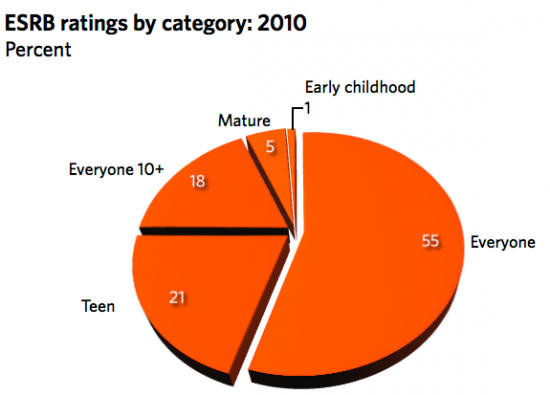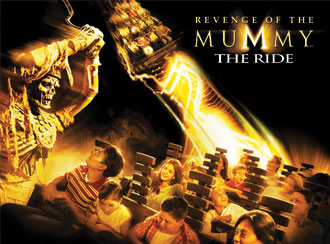
CLU seeks systemic perfection in Tron: Legacy
Note: The following post contains spoilers pertaining to the plot and theme of the film Tron: Legacy.
Near the end of Tron: Legacy, the character CLU (short for Codified Likeness Utility), on the verge of releasing his army of re-purposed computer programs into the brick-and-mortar world to destroy humanity, confronts Kevin Flynn, his creator-turned-nemesis, with a plaintiff, “I did everything you asked.” Flynn, older and wiser than the character we met in 1982’s Tron, and his techno-idealism tempered by the realization that to save humanity he must destroy both his physical and virtual self, wistfully answers, “I know.”
It’s a rather poignant scene that punctuates the film’s unique take on technology and humanity. Traditionally in the movies, when technology turns evil, it does so with a will of its own. The Matrix and Terminator films are just two examples. Tron: Legacy, however, upends the idea. CLU, sure enough, turns on his human creator, but not out of rebellion, but to carry out his human-engineered programming.
You see, Flynn programmed CLU to create the “perfect system.” In the film, Flynn explains that, as a younger man he thought he could design a technology-based solution that would end war, illness, poverty and hunger and, in a nutshell, make humanity better. But when the Grid—the computer environment Flynn nurtured—actually does something spontaneously, spawning a new life form, so-called isomorphic programs (called isos for short), CLU destroys them. While this act of cybernetic genocide horrifies Flynn, from CLU’s perspective, it was nothing but a logical response. The isos, as free and independent entities that did not respond to his command and control, introduced an element of randomness and uncertainty into the Grid that CLU could not abide. They were an obstacle to the systemic perfection he was programmed to create and therefore had to be eliminated.
Continue reading →








 The Technology Liberation Front is the tech policy blog dedicated to keeping politicians' hands off the 'net and everything else related to technology.
The Technology Liberation Front is the tech policy blog dedicated to keeping politicians' hands off the 'net and everything else related to technology.